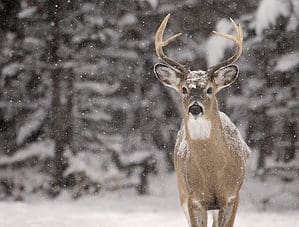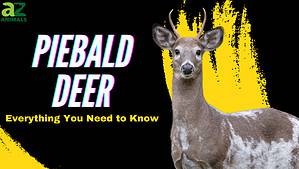Continue reading for our analysis...

Deer are graceful, hoofed mammals known for their gentle eyes, distinctive antlers, and impressive agility. Found across the globe, from the chilly landscapes of the Arctic to the warm grasslands of Africa, deer are as diverse as the habitats they live in.
The family includes various species, such as the majestic red deer, the diminutive roe deer, and the eponymous white-tail deer, each with their unique characteristics. Whether bounding through a forest or grazing in a meadow, deer embody the wild spirit of the natural world, playing a vital role in maintaining the balance of their ecosystems.
The male deer, known as a buck, is likely a white-tail deer, although he’s up to some rather unusual behavior for his species’ norms! Make sure to check out these intriguing facts about deer in order to fully understand these often taken-for-granted animals.
Why Would a Deer Eat Meat?
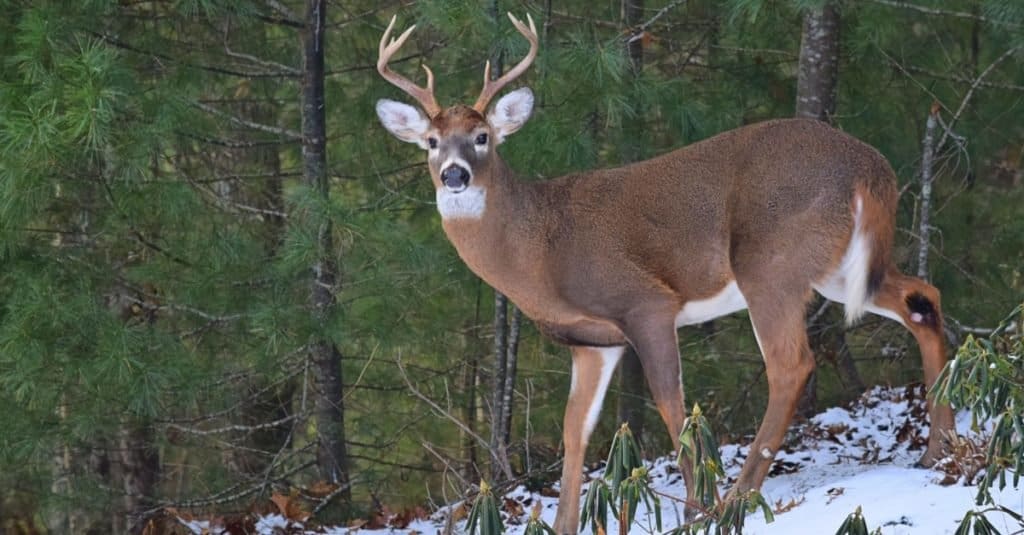
It’s estimated that over 35 million deer live within the United States alone, equally including bucks and does.
©Michael Sean OLeary/Shutterstock.com
As herbivores, deer are commonly known for their grazing habits and diet of available plant-based foods. However, some deer have been observed to consume bizarre objects, including carnivorous snacks like birds, regardless of whether they are a buck or doe.
While not equipped with the proper teeth or digestive system for consuming animal prey, deer may attempt to eat meat if they are suffering from a nutritional scarcity or other kind of dietary concern. Strange as it may seem, animals will adapt in often unconventional means in order to ensure their own survival, much like is seen in the clip below.
What is the Normal Diet of a Deer?
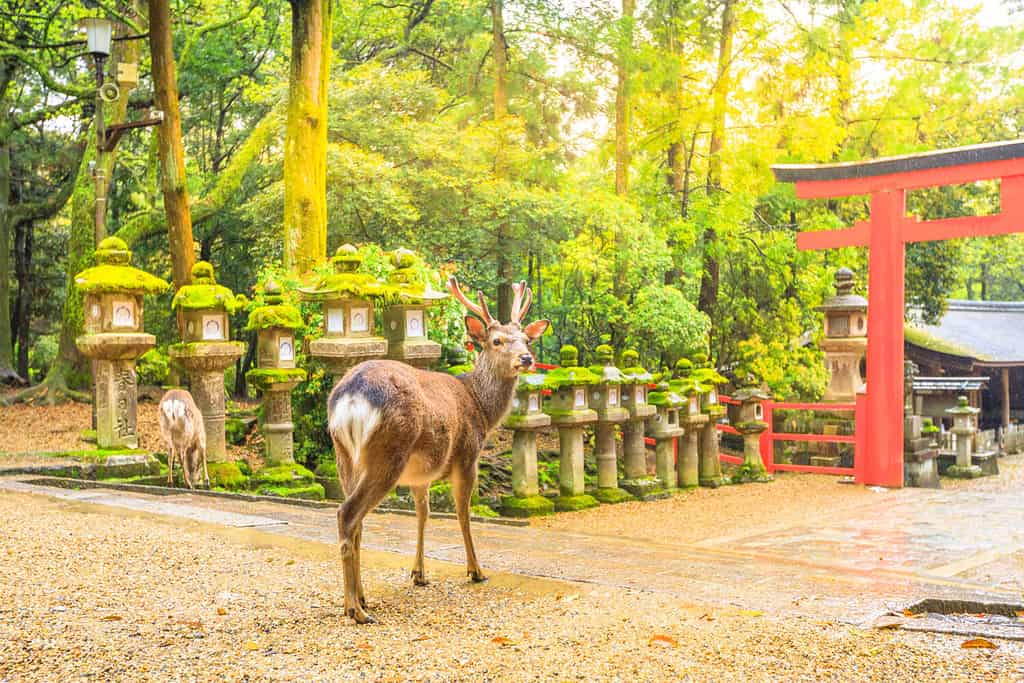
All types of deer eat a diet of plant foods.
©Benny Marty/Shutterstock.com
Deer are herbivores, meaning they primarily eat plants. They typically graze on grass, leaves, twigs, buds, and bark of trees. They also consume nuts, fruits, and mushrooms depending on the season and availability.
Deer generally forage within a few miles of their home, though they will travel further in search of food. During spring and summer, they will graze on fresh vegetation that is close to their home. In the winter, they will travel longer distances in search of food that is still available.
Deer have a keen sense of smell that helps them locate food. They also have a good sense of hearing, which allows them to detect potential predators. Deer are most active in the early morning and evening hours when they are most likely to find food.
In order to survive, deer need plenty of food throughout the year. To ensure a healthy diet, they must have access to various plants, nuts, and fruits. They must also be able to find food in various locations, as they may need to travel far in search of it.
What Kind of Teeth Do Deer Have?
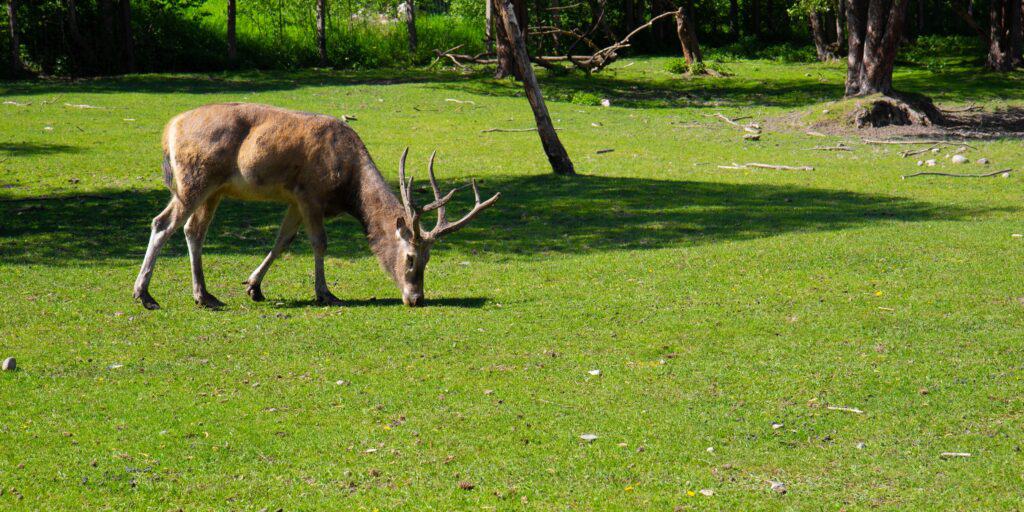
Deer have 32 teeth in total.
©Number One/Shutterstock.com
Adult deer have a total of 32 teeth, all designed for the specific task of selection and thorough chewing of choice plant matter. These tough chompers are suited for grinding any kind of vegetation that a deer might peruse in order to properly digest the fibrous matter contained within.
Curiously enough, deer do not have teeth in the upper front portion of their mouth, instead having a hardened palate that’s specialized towards crushing ingested foods, almost like a set of extra molars.
Some species of deer happen to have a few extra teeth or even fangs, but these are thought to serve a purpose that is not yet fully understood and environmental adaptations for mating rituals, respectively.
What Does a Deer Symbolize?
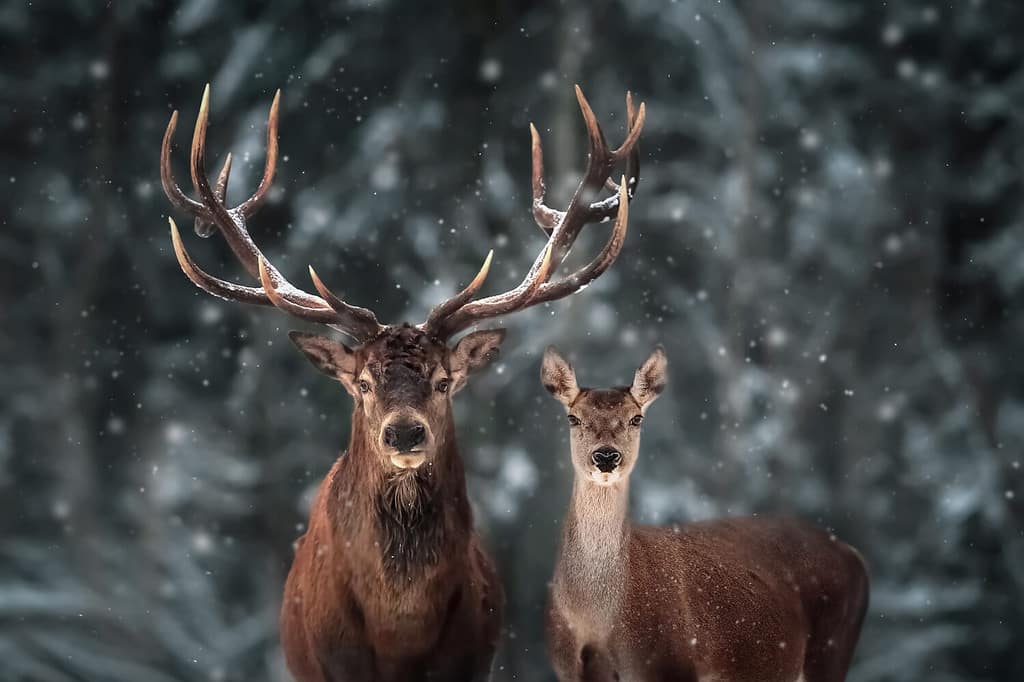
Deer signifies veganism and stands out among Buddhists.
©Delbars/Shutterstock.com
The deer is a dignified member of the animal kingdom and has earned a reputation through human culture that matches such a venerable status. For example, it serves as a template example of veganism due to its prevailing nature as a model herbivore that stands out to many, especially Buddhists.
Other belief systems find the deer as an ancestor, a reminder to be faithful, and even a keeper of natural balance. Clearly, deer have profoundly impacted those who have been lucky enough to share an environment with them throughout time.
Thank you for reading! Have some feedback for us? Contact the AZ Animals editorial team.




